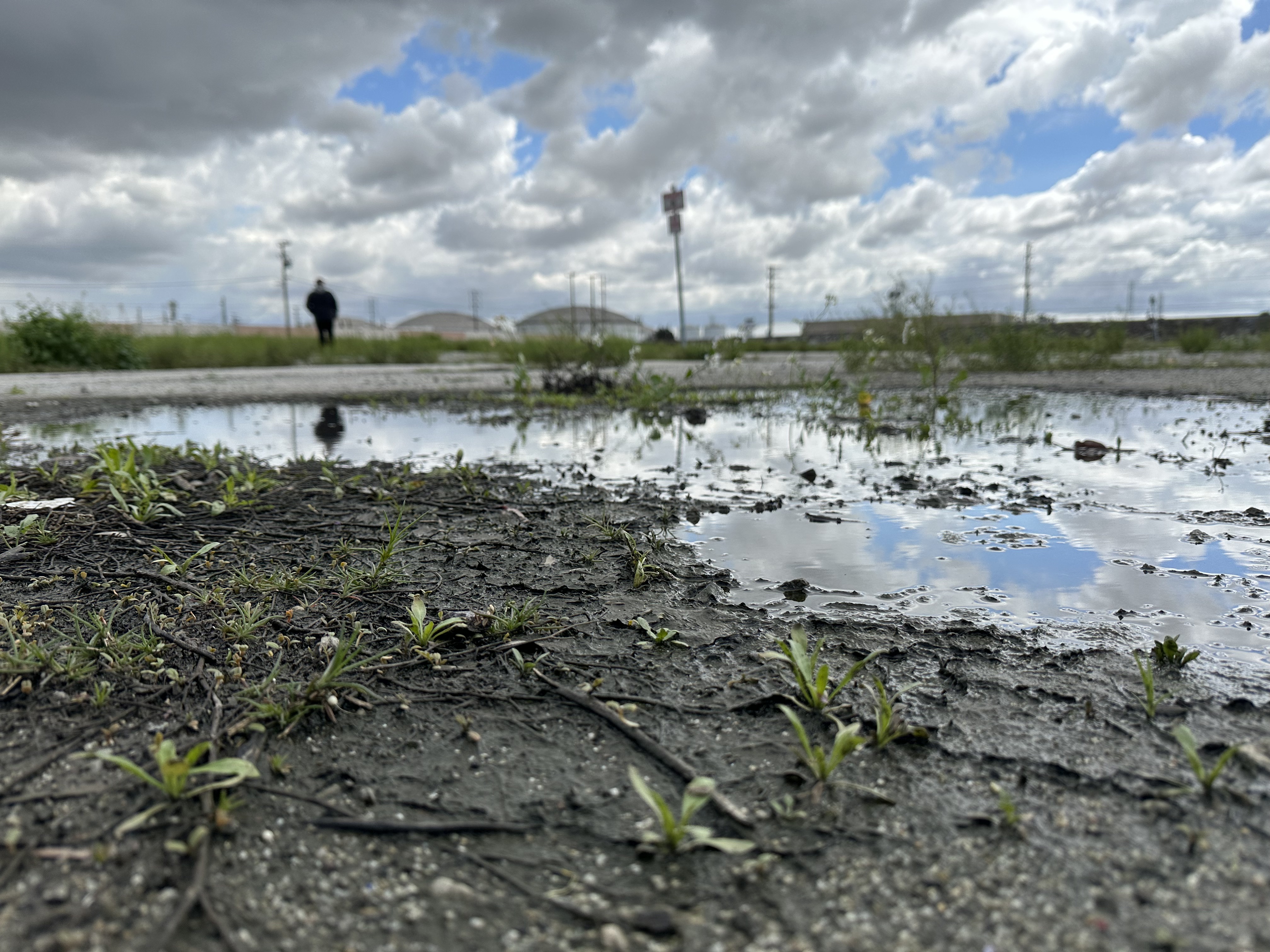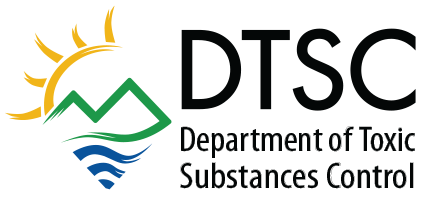Proposed Candidate Chemical: Microplastics
DTSC proposes adding microplastics to the Candidate Chemicals List due to concerns about widespread exposures and potential for adverse impacts. The rationale for this proposal is detailed in the background document.

Microplastics are persistent and mobile in the environment, and may cause adverse health impacts
Due to their high mobility and environmental persistence, microplastics have become widespread in all ecosystems. They are in human food supplies and drinking water. Available data suggest that over 180 species, including humans, are exposed to microplastics on a regular basis, and that some of these exposures may be harmful.
Adding microplastics to the Candidate Chemicals List would allow DTSC to more effectively meet its mandate to protect human health and the environment
In the 2021-2023 Priority Product Work Plan, we identified the potential for the product to release microplastics to the environment during the use or end-of-life stages of the product’s life cycle as one of five special considerations that would inform our evaluation of Priority Products under the Safer Consumer Products (SCP) Regulations. However, because microplastics are not on the Candidate Chemicals List, we are currently unable to evaluate products containing microplastics for possible regulation as Priority Products.
Adding microplastics to the Candidate Chemicals List would allow us to consider regulating as Priority Products specific consumer products that may lead to human or ecological exposures to microplastics and potentially contribute to or cause adverse impacts. This would compel product manufacturers to evaluate safer alternatives following the SCP Alternatives Analysis process.
On November 5, 2021, we presented this proposal to our Green Ribbon Science Panel (GRSP) members, who generally expressed support.
Our proposed definition includes both primary and secondary microplastics, both of which contribute to environmental pollution. Primary microplastics, including, but not limited to, microbeads or nurdles, are manufactured and intentionally added to products. Secondary microplastics arise from the environmental degradation of plastic products, such as plastic bags or plastic water bottles. Our proposed definition of microplastics does not distinguish between primary and secondary microplastics. Therefore, both would be considered Candidate Chemicals if we proceeded with this proposal.
Adding microplastics to the Candidate Chemicals List does not create new regulatory obligations
Adding a chemical to the Candidate Chemicals List does not create any new regulatory obligations or regulated entities. The presence of a chemical on the Candidate Chemicals List allows DTSC to evaluate product-chemical combinations containing that chemical, potentially leading to Priority Product regulations. New regulatory requirements result only when DTSC identifies and lists a Priority Product under California Code of Regulations Title 22, Section 69503.5.
Public Engagement

Comments and related documents regarding this proposal CalSAFER.
SCP also held a virtual workshop on June 27, 2023, to clarify the underlying scientific basis and implications of this proposal and seek public input. To view the agenda and associated materials for the virtual workshop, please visit the SCP Workshops and Events web page.
SCP Key Info
- About Safer Consumer Products
- Program Overview
- Candidate Chemicals
- Priority Product Work Plan
- Priority Products
- Alternatives Analysis
- Regulatory Response
- Compliance & Enforcement
- Research Studies
- Early-stage SCP Projects
- Information Call-in
- Healthy Nail Salon Recognition Program
- Limiting Copper in Brake Pads
Engage and Learn More
- Frequently Asked Questions
- CalSAFER
- SCP Regulations
- Training Materials
- Safer Consumer Products Library
- Safer Consumer Central
- SCP’s Environmental Justice Initiative
- Workshops & Events
- Green Ribbon Science Panel
- PEARL
- Failure to Comply List
- Publications & Media
- Petitions
- About Us
- Career Opportunities
